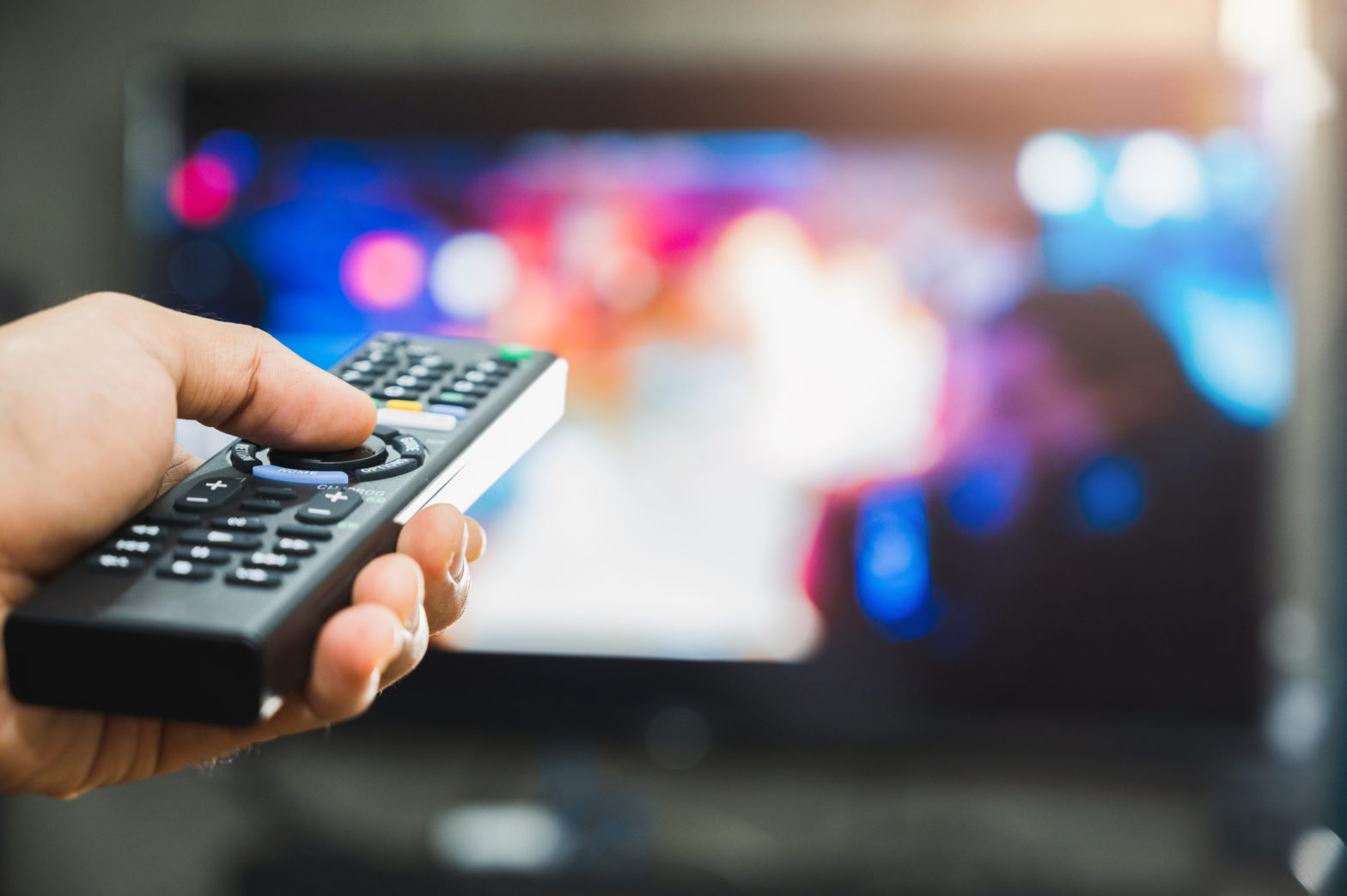We’ve learned that rather than replacing TV, the digital age has become a complement to it. A Facebook IQ-commissioned study found that 94% percent of participants kept a smartphone on hand while watching TV. That’s good news for both TV and digital advertisers, especially in light of Nielsen’s findings that 35% of US consumers who watch TV with a digital device in-hand use that “second screen” to look up or shop for products they’re seeing advertised on “the first screen” – on TV.
Television remains the first screen for good reason. Americans still watch an incredible amount of TV, with adults in the US averaging more than three hours per day watching linear broadcast alone. And while linear TV as a percentage of video ad spend has declined in recent years, the actual dollar amount being spent on broadcast TV in the US is projected to hold steady at a more-than-healthy $65 to $68 billion annually through 2026, fluctuating between the higher end in election years and the lower end in non-election years.
Advertisers continue to spend on TV for a variety of exceptionally good reasons, but first among them is the fact that TV advertising is, and has always been, extremely effective. The reach of broadcast TV is un-duplicated and unparalleled in the digital world, reaching 95% of US households, making it the most effective medium for increasing brand awareness. And unlike digital, live TV advertising can’t be skipped or blocked, and it’s fraud free.
TV advertising also lends credibility to your brand. TV has been around for over 80 years and viewers still perceive it as a prestigious and trustworthy medium, a perception that carries over to the brands who advertise there. Eighty percent of Americans trust TV ads most when making a purchasing decision, while just 43% trust social media ads and only 39% trust online banner ads or mobile ads.
Strong consumer trust in TV ads, combined with the lack of trust in digital ads, is leading advertisers to look for alternative methods of reaching their target audiences. Earlier this year, marketers predicted that after a decade of decreases, traditional advertising spend would increase by 2.9% in 2022. And that includes broadcast TV, which is trusted by both viewers and advertisers alike.
Yet many marketers focus their efforts so heavily on their digital campaigns, they overlook the value of advertising on broadcast TV.
Consumers are increasingly taking advantage of the ability to block or skip digital ads, while becoming adept at ignoring them when they can’t. Digital targeting is also becoming more difficult and, inevitably, less precise.
Even though Google has delayed the removal of third-party cookies from Chrome until 2024, cookies are already gone for everyone using iOS14 or later. The time to prepare for a world without cookies was last year. As a result, more and more marketers are looking to make a return to more traditional audience segmentation and targeting methods and they’re developing a renewed appreciation for the importance of reach extension – just like the targeting methods and reach available with broadcast TV.
TV advertising allows you to cut through the digital clutter by building brand awareness, credibility, and trust. Your digital ads will stand out to viewers who’ve seen your TV spots, making them more likely to notice, to click, and to convert. They’ll also be more likely to proactively seek you out online, on your own website and through your social channels – TV ads can increase digital engagement by as much as 11X .
Local TV offers premium inventory that includes local news and sports, syndicated daytime and early-evening TV, as well as spots within local ad breaks during national network broadcasts of sporting events, award shows, and prime-time hits. With automation, advertisers can easily access available, premium TV inventory, and impression-based buying means they can target audiences by demographic, daypart, and/or geography. So instead of buying a TV spot during a specific program, brands can buy their desired number of impressions, targeted to reach their ideal customer, during their preferred daypart, and located in their specific market.
Back in 1941, TV became the first screen, and it remains so for good reason. Smart marketers understand that focusing solely on digital is focusing solely on mid- and bottom-funnel prospects, while leaving the top of the demand funnel to chance. So they’re returning to more diversified campaigns that include both digital and traditional media. And that includes broadcast TV, which is, and always has been, the most effective method of creating the brand awareness that is essential to keeping the funnel full, from top to bottom. Because very few people will click your digital ad, no matter how amazing it is, if they don’t know who you are.
Source: aithority.com



